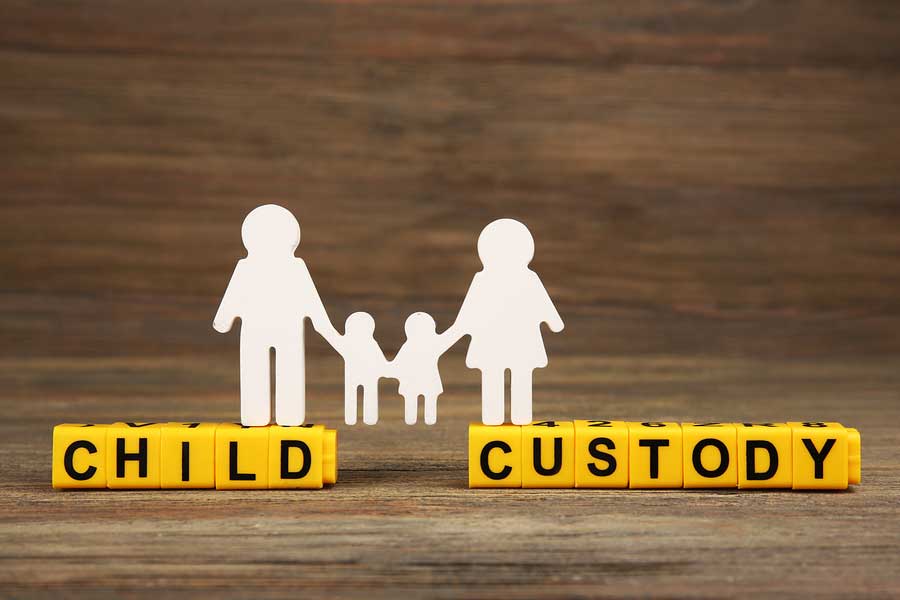Temporary & Permanent Child Custody Orders
Regardless of term (temporary vs. permanent) for child custody orders, it’s important to know what factors are examined by the court when arriving at a decision. The main focus in any case is arriving at an outcome that benefits the best interests of the child. This can be narrowed down to key areas in the child’s life, such as education, safety, health and general well-being. These categories can be very broad, and the family law court system in California is given broad areas to work under when determining what is or isn’t in the child’s best interest. In our experience with child custody cases, we’ve seen some common factors that seem to pop up frequently:
- Age/gender: As you can imagine, this is always considered.
- The child’s custody preference: The court may entertain the child’s preference once they are 14 or older.
- Cultural factors: If applicable to a case where multiple cultural backgrounds may have influence on the child.
- Emotional, social, and educational needs: These all can be interconnected and dependent upon each other.
- Health, welfare, and safety (physical and mental): Another common area that is examined
- Level of communication/cooperation between parents: Is everyone on good terms, or is the case laden with conflict?
- Parenting ability and psychological wellness of each parent: A large imbalance between the parents when it deals with parenting ability can be a huge factor in the case.
- Quality of the relationship between each parent and the child
- Evidence of any type of abuse: Always weighed heavily by the court.
After these (and other) various factors in the child’s life are examined, a judge will usually follow one of several paths which lead to court orders in child custody cases.
Temporary Custody Orders
Implementing a plan the parents agreed upon
This is probably the most common route, in which the parents reach an agreement which is submitted to the court to become an order. Once an agreement becomes a formal custody order, violation (of the order) carries the same weight as any other order of the court.
A court-ordered investigation
Investigations can be conducted by various individuals, including an appointed lawyer for the children (known as, “minor’s counsel”), a private child custody evaluator, an internal investigation by child protective services or a law enforcement agency. If these options are used, it’s due to the need for additional information before the court can arrive at a decision on temporary orders. Most commonly, it’s cases (or allegations) of abuse, neglect, or substance abuse that lead to the investigation.
Court Hearing
The court could arrive at orders by conducting a hearing to receive the testimony of the parents and any witnesses. Hearings on temporary orders are really intended for more serious custody cases where there is a big difference between each parent’s legal and unbiased position.
Once the court has arrived at a temporary order for custody and visitation, one of two things happen to finalize: The order is either memorialized by the court (called a “minute order”, where the court clerk takes down everything that is ordered), or, the attorney of one of the parents is asked to prepare the formal court order and submit for the court’s signature.
Permanent Custody Orders
The final child custody order is similar to temporary orders discussed above. As with temporary orders, final child custody orders are usually based upon the agreement of the parents, or through a formal court hearing (trial). Just as the court has the ability to do for a temporary order, it can also employ its own investigators or experts for a recommendation after an investigation is complete.
The major difference between a temporary and permanent order: The permanent order is intended to be the custody order that remains in effect unless there is a significant change in circumstances. If a significant change in circumstances occurred, it would require court intervention to modify the original permanent order.
The next question is always, “Well, what is an example of a change in circumstances?” There isn’t a specific list of things that will make up acceptable circumstances resulting in an instant modification of the original order. As you’ve probably learned by reading our blog, the biggest factor when it comes to children in the divorce process is their best interests. Any situation where their welfare is guaranteed or offers the promise of welfare will be favored by the court, judges, and family law attorneys. So, a change in circumstances providing reason for a change in the custody of a child consists of sufficient facts which have been shown support the idea that the best interests of the child will benefit by the change. The burden of demonstrating the facts falls on the parent who requests the change. It can be a difficult challenge, so the guidance of an experienced family law attorney is always recommended in this particular process.
If you have questions on custody in general, or have experienced a change in circumstances in your life that may warrant a change of child custody, feel free to contact our offices for a free consultation.





